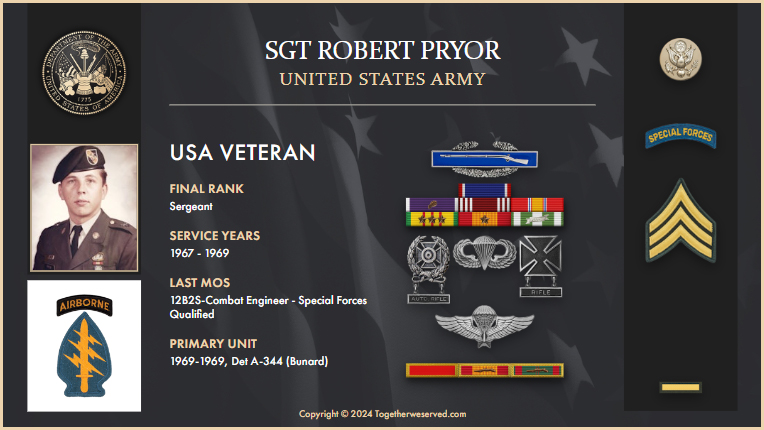On a crisp morning just before Thanksgiving, a crowd of soldiers, Army Veterans and Army supporters joined more than 200 steel workers gathered on a construction site at Fort Belvoir to watch as the final steel beam of the National Museum of the United States Army was lifted into place. The historic moment capped a year of tremendous progress building a place that will honor and preserve the service of the 30 million men and women who have served in the United States Army. The Army is our nation’s oldest and largest military service, yet it will be the last to see a national museum built to tell its entire history.
The museum will hold some of the Army’s most treasured artifacts and compelling works of combat art. In fact, the first four artifacts are already in place, and they are incredible pieces of our nation’s history. These artifacts, which are so large that crews had to build the museum’s walls around them, include the only known surviving Renault FT-17 Tank used by U.S. personnel during World War I, a Higgins Boat that brought troops to shore on D-Day, the M4A3E2 Sherman “Jumbo” Tank that first broke through enemy lines during the Battle of the Bulge, and the M3 Bradley Cavalry Fighting Vehicle that led the charge from Kuwait to Baghdad in 2003.

For the rest of America, the National Army Museum will be an educational institution that teaches how the Army was first established to win our nation’s independence, and how it has gone on to shape nearly every major event in our country’s history. The more than 700,000 visitors who are expected to walk through the exhibits and galleries every year will gain a better understanding and appreciation of the Army’s invaluable role in our society and world. Additionally, they will learn of the Army’s contributions outside of conflicts, including peacekeeping and humanitarian relief missions, and in the fields of geography, science, technology, engineering and mathematics.
Standing up a national museum for the Army is long overdue. Fortunately, the support offered to the project is growing every day. The Army Historical Foundation which was designated by the Secretary of the Army to lead the campaign to build the museum has received more than 699,000 individual donations from more than 161,000 donors. Corporations, foundations, allied nations and grateful Americans have all stepped forward to do their part.
Foundation has also collected more than 116,000 stories of soldiers, Army Veterans, Army families, Army civilians and support animals in our electronic registries. These registries are currently hosted online and will one-day be accessible from within the museum. They are a free and easy way to see your story, or the story of a Battle Buddy or loved one, told in the museum. I encourage all those who served to go to armyhistory.org/the-registry/ and enter your story.
The National Museum of the United States Army will serve as our nation’s tribute to the U.S. Army. Please share this project with those who served. Encourage them to send us their stories. And let them know that their nation is building a place that will ensure their service is always remembered.

Topics in this story
More Stories
Summer can be a joyful time of year, but some outdoor activities can be hard for some Veterans. In this guest post, former VA Secretary Bob McDonald shares resources and plans to navigate summer activities.
"A CAPITOL FOURTH" airs on PBS Thursday, July 4, 2024 from 8:00 to 9:30 p.m. E.T.
The following is an account from Army Veteran Robert Pryor on how he was able to find and reconnect with the pilot who saved his life in Vietnam.







Where will it be located?
Hopefully it will be as good as the National Museum of the Marine Corps, the Marines set a high achievement mark to met with their’s. Although after 27 years in the Army and seeing how things are done I don’t have my hopes up for that.
Great idea, but The Army will find a way to screw it up. Here’s the most likely scenario: POLITICAL CORRECTNESS will cause DA to have all sorts of BS propaganda that detracts from what the public REALLY wants to see: Weapons, equipment, uniforms, and combat “trophies.” All that other stuff is boring noise. Save it for the visiting dignitaries.
The Museum will open in about two years. We will name a specific date once we get closer. The Foundation posts regular construction updates on social media and our website, armyhistory.org.
COL Dave Fabian (USA-Ret.)
Chief of Staff
The Army Historical Foundation
An opening date of “Soon,” is a little vague. Any building project has an expected date of completion. Can we have a ballpark estimate more accurate than, “Soon.”
Thank you very much.
Sgt. Glenn Gardiner, 23rd Div. “Americal”, 196th LIB, 3/27 Inf. (Snoopy)
Is there a projected opening date?